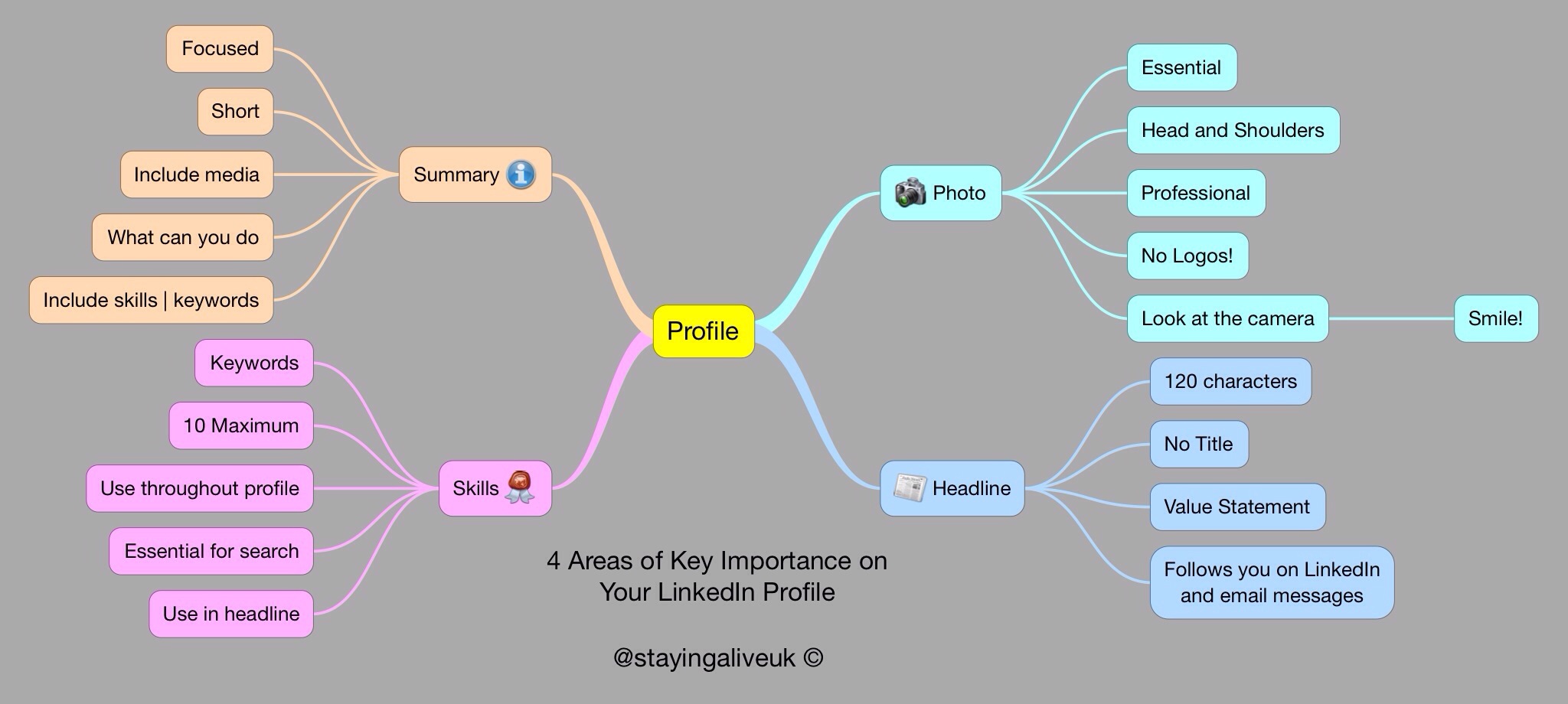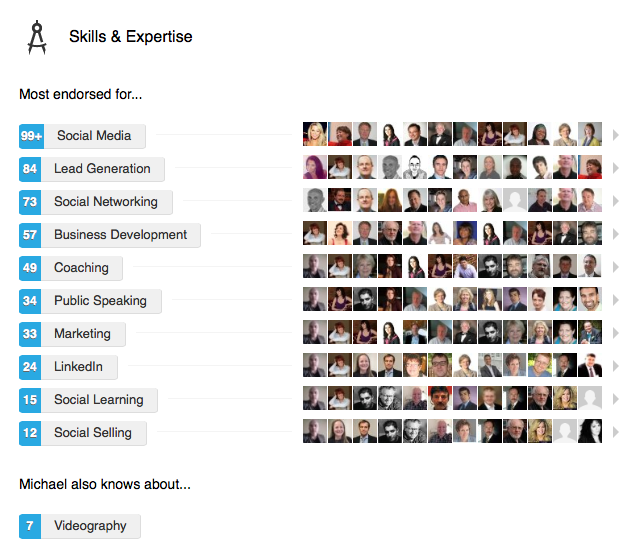I teach people every week how to improve their LinkedIn profile. However there are millions on LinkedIn who don't bother to improve their profile. Most aren't getting it yet and don't appreciate that your profile on LinkedIn is your personal brand. Ignore it and you will reduce your chances of finding that perfect job, that career progression or that perfect client. The 1st key area is the profile photo. I still see many profiles and receive invites from people who don't even bother with a professional head and shoulders profile photo. Or they have a badly taken photo which could be a holiday photo or where they stand far in the distance. I completely don't understand this. The other day someone's excuse was that they had put on weight and therefore didn't want to share their photo. And what part of you thinks that people will take you seriously without a photo?
Personally I say, what are you hiding by not wishing to post a photo of yourself? In fact if you don't post a photo of yourself the chances of people connecting with you is reduced by at least 50%.
So it is essential you make this a priority.
The 2nd key area that is ignored by many is your headline. Many make the mistake to enter a title like; manager, director, coach, programmer, student etc. Of course you can use this if you wish, however you have 120 characters of space to tell the reader what you can do for people and what you are good at. OK, granted if you are a student it makes it slightly harder however you also want to stand out of the crowd, so putting something like ’Researching the meaning of the Universe to better serve my future clients’ or something equally different will make you stand out.
The reason for putting something different is that your headline follows you around wherever you go on LinkedIn. For example when you send emails inside LinkedIn, when you send invites to connect, when you post discussions in groups. Each time your headline will be shown and if you just keep your title only, it won't tell the reader anything about you. In effect it's your elevator pitch that is presented every time they read something from you.
The 3rd area is your skills and expertise. LinkedIn have developed this section carefully over a number of years, originally it was called specialities, which was a simple text box, where you could list your specialities. Now LinkedIn suggests to your connections to endorse your skills and they have succeeded tremendously with this initiative. The main reason they have developed this is for their advertisers. Advertisers are able to target their ads very specifically to you based on the skills on your profile. Now you know why LinkedIn keeps giving you suggestions to endorse people. The profile header has even got a new button at the very top saying ’endorse’.
Now most members overdo it. They list the maximum 25 skills. Firstly only 15 will show on your profile but only 10 are in a list with the photos of those that endorsed you, which tends to be the list that most people go for. Everyone scans profiles and because the main list of 10 is more visual they tend to just go for those. Plus they tend to be the highest endorsed and that's why it makes it easy for them. So reduce your list to 10 and keep very focused.
Once you've identified your list and you are happy with it, this list of skills become your keywords. Keywords inside LinkedIn is essential if you want to be found on search. With 260 million members your job is to have your profile optimised for search.
Then take those skills (keywords) and spread them intelligently throughout your profile including a few inside your headline.
This will definitely help when people are searching for members based on skills.
Finally the 4th key area is your summary. Most of the time members use this to promote themselves, which is fair enough if you're looking for a job. However most are actually looking to promote their business or their employer if they are an employee. Of course you need to say something about yourself and I would suggest this is done under your experience section. THE most important part of your summary should be some text that describes what you can do for people. Note, ’what YOU can do’ for people ’NOT what you DO’!
Keep the text short, lots of white space and bullet points wherever possible. This allows the reader to scan your summary in super quick time. Remember people are time poor and don't have time to read a very wordy profile summary.
OK I think that's enough for now. These in my view are the 4 key areas on your LinkedIn profile that need work. It shouldn't be too overwhelming for you. Another tip is to re-visit your summary, headline and skills regularly. It is vital that you refresh these and update them based on things that are changing in your world.
Wishing you massive success always!

